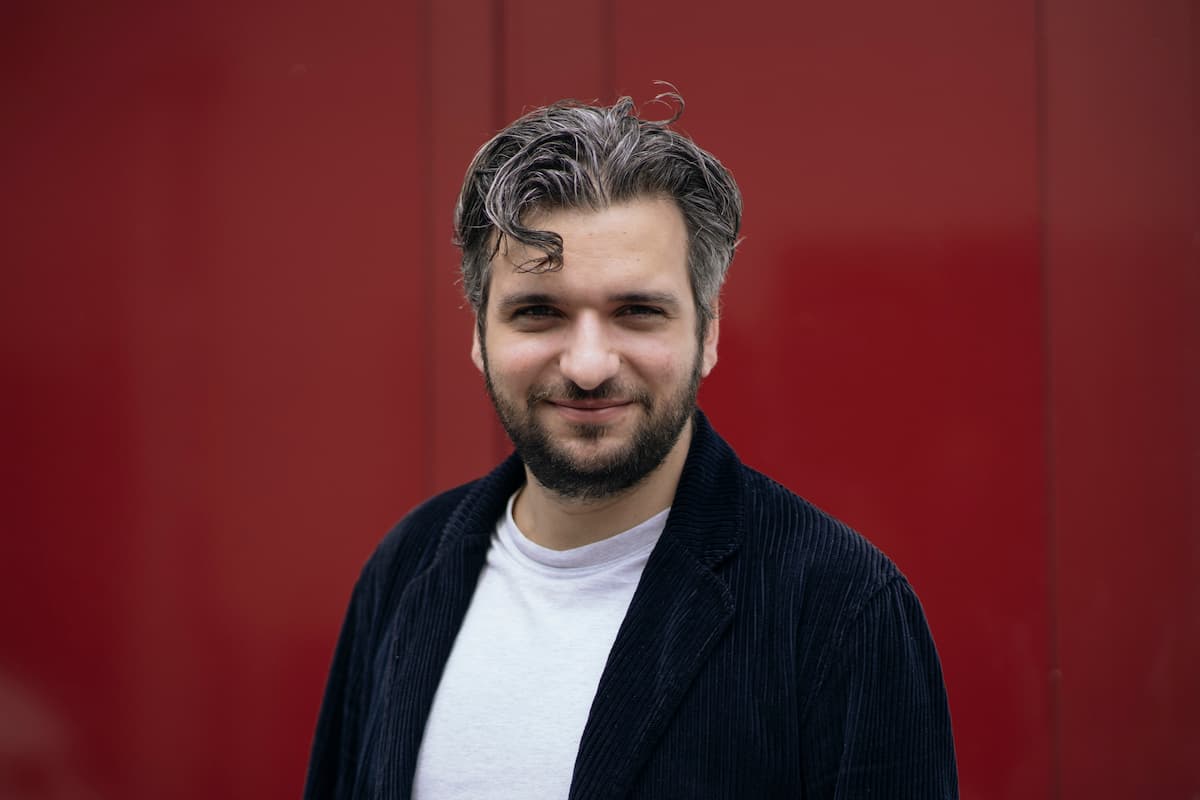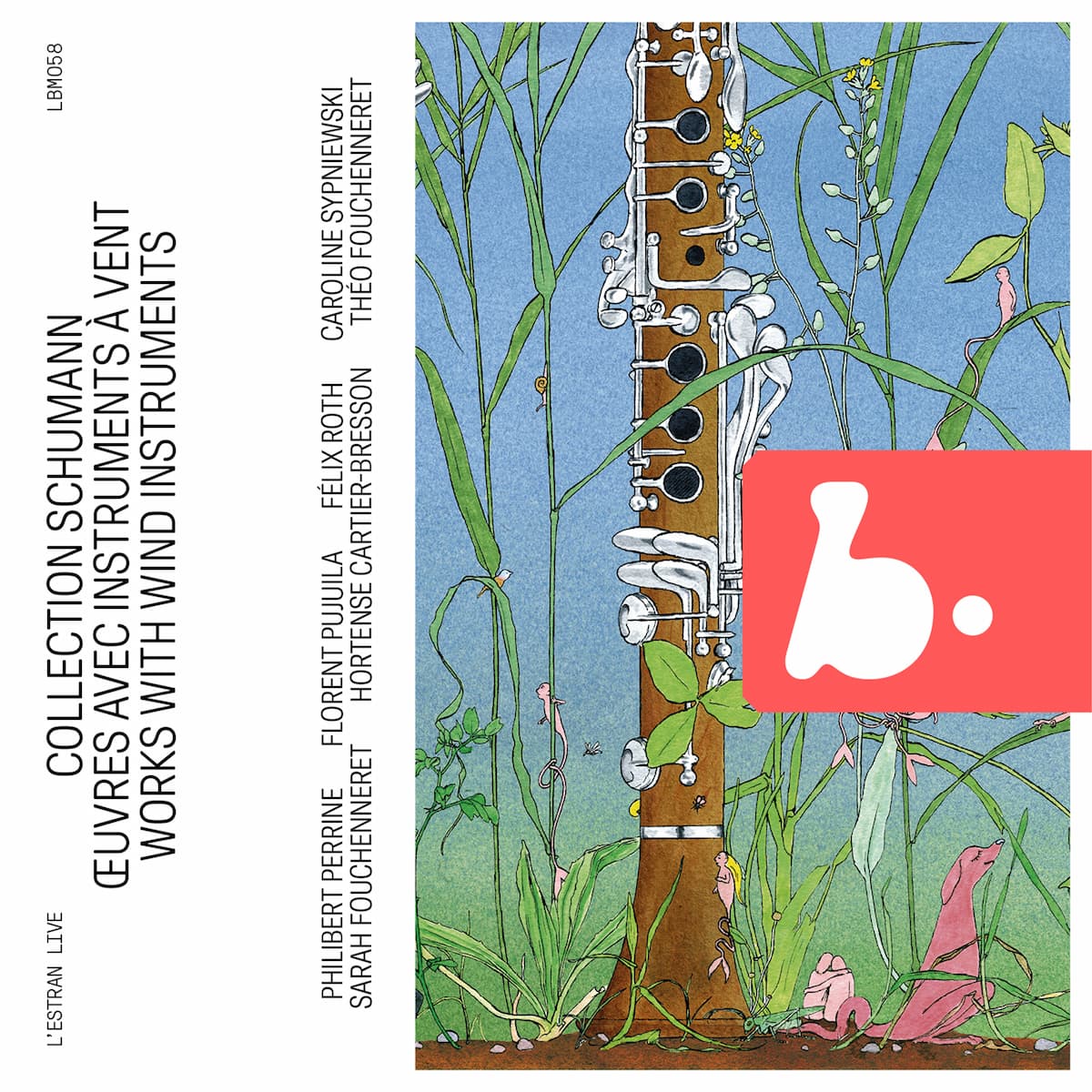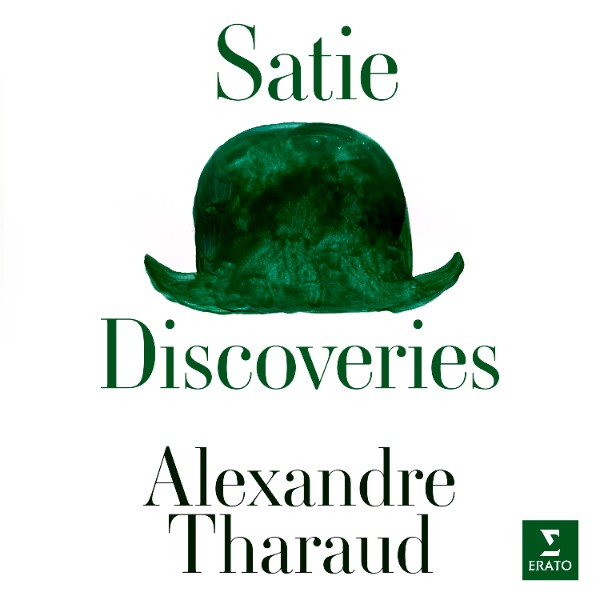When we think of Robert Schumann, we first consider his piano and vocal music as these are what he’s best known for. Pianist Théo Fouchenneret, however, would like us to consider his chamber music. Much of this was composed in 1842, Schumann’s ‘Chamber Music Year’. It was a year where he not only wrote chamber music but also pushed some of its boundaries.

Théo Fouchenneret
We spoke with pianist Théo Fouchenneret about their new Schumann chamber music recordings. Théo and his brother Pierre (violin) first started their exploration of Schumann when they were working on the composer’s Sonatas for violin and piano. By exploring his chamber music, they were able to get “ a better understanding – and better presentation – of the composer’s crazes and obsessions, ranging from his way of building themes from very short motifs to the literary and poetic dimension of his music in general”. This is an important point. There are many people that Schumann learned from, including his friend Mendelssohn and their joint idol Bach, and this can be heard in the music.
An early work for Schumann was his Andante and Variations for the very unusual combination of two pianos, two cellos, and horn. Mendelssohn advised that this was too unusual to publish so Schumann created a version for two pianos alone. In 1893, however, the original variation quintet was published, and, in this recording, we can finally hear what Schumann wanted: the richer sound, the two pianos giving a kind of stereo effect, the technical details of the cello lines, and then the natural horn giving a highly unusual colour background.
The two-movement Fantasiestücke for clarinet and piano explores the timbres of the clarinet, starting with a melancholic opening and then proceeding to develop those ideas in a completely different direction.
Robert Schumann: Fantasiestücke pour clarinette et piano, op. 73 – III. Rasch mit Feuer
The second Schumann chamber recording that Fouchenneret brothers have completed is of the Trios and Quartets for piano and strings. The influence of not only Mendelssohn but also Clara Schumann is evident in these works. Born a year apart, Mendelssohn’s and Schumann’s careers couldn’t have been more different. When they were both in Leipzig, Schumann struggled to have his music recognized and Mendelssohn, as head of the Leipzig Gewandhaus, programmed his music more than a few times to help him gain exposure.
The three trios on this recording are a testament to how Schumann learned his craft. Whereas the first trio, op. 63, is very much in the style of Schumann following in the model of Mendelssohn, the second trio, Op. 80, is more ‘Clara-esque’. It’s not until the third trio, Op. 110, written in 1851, that we can hear Schumann’s own voice. Or, rather Schumann’s voices for the Florestan and Eusebius sides of his personality.
Robert Schumann: Trio for violin, cello, and piano No. 3, Op. 110 – IV. Kräftig, mit Humor
The work for piano and string quartet, op. 47, dedicated to Mendelssohn, was given its premiere with Mendelssohn at the piano. This is where we can hear the confluence of Mendelssohn and Bach, with the appearance of a Lutheran chorale (Wer nun den lieben Gott lässt walten) in the first movement and a fugue in the final movement.
Robert Schumann: Quartet for violin, viola, cello, and piano, Op. 47 – IV. Finale: Vivace
These two recordings show us another side of Schumann. We see his understanding of the chamber music genre and his genius in pushing its boundaries. His use of the natural horn in the Andante and Variations and then the keyed horn in the Adagio and Allegro for horn and piano, Op. 70, shows how he’s keeping up with instrument development, again to explore the sonic potentials of a new technology. Through his chamber music for piano and oboe, piano and clarinet, and piano and horn, Schumann developed new sounds for a genre that needed a new push in the Romantic era.
On the recording of the Andante and Variations for two pianos, Théo was able to add his teacher, Hortense Cartier-Bresson as the second pianist, and, in addition, introduce her to work she’d not played before. He said it was very satisfying playing with someone with whom he shared ideas on sound and sound production, particularly in a work where the writing for the two pianos is so close.
When we asked Théo Fouchenneret what was next, he said they were working on Mendelssohn, Schubert, and then a bit of Bartók. He thought it was important to explore the sound decades around Schumann to hear how composers played off each other. He said one of their interesting repertoire choices in concert was to play Schumann’s second sonata for violin and piano juxtaposed with Mendelssohn’s second trio to show the blending of the two composers’ sound worlds.
Teaser – Schumann : œuvres pour instruments à vent

Schumann: Œuvres avec instruments à vent
Collection Schumann: Œuvres avec instruments à vent / Works with Wind Instruments
Théo Fouchenneret and others
LBM058
b·records, 2024
Teaser – Schumann : Trio et quatuor pour piano et cordes

Schumann: Trios et Quatuor pour piano et cordes
Collection Schumann: Trios et Quatuor pour piano et cordes / Trios and Quartet for Piano and Strings
Pierre Fouchenneret, Lise Berthaud, Victor Julien-Laferrière, and Théo Fouchenneret
LBM059
b·records, 2024
For more of the best in classical music, sign up for our E-Newsletter

